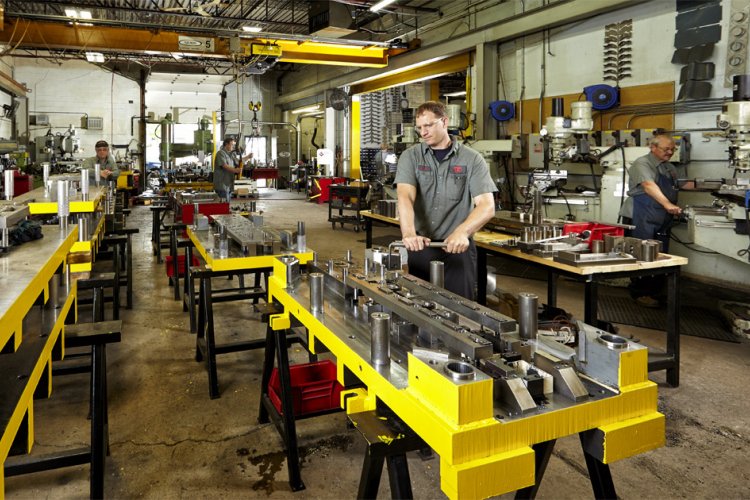Head count is not an accurate measure of a tool and die shop. In today’s quickly evolving stamping die landscape one of the typical questions to ask a perspective supplier is “what is your head count?” In the past when all shops were pretty much equipped and staffed identically; head count was an indication of a supplier’s capabilities. Today, however, that answer is very much subjective.
Questions To Ask Your Die Supplier
Here are few questions to ask to determine out how well equipped your die supplier will be to meet your needs.
- Has the shop automated and refined their design process?
- Do they solid model the designs to aid downstream processes?
- Have they merged there CNC programming tightly with design and eliminated redundant and repetitive work?
The answers to these questions can indicate the level of investment in operational efficiency. In current times in the engineering room you certainly can do more with fewer at a higher and more consistent quality level.
Inspect The Shop Floor
Taking a tour of the shop floor and again asking some basic questions can reveal a lot about the operation.
- Is the machining bay processes stuck in the past with just a new machine to look good?
- Are they building many of the components with a one at a time mindset using conversational controls or a more production machining tilted process?
- Have they refined their process and standardized setups and work holding?
- Do they have the ability to verify or CMM the part while it is still in the machine and adapt as needed or are the relying in after the fact QC?
A modern machining bay with controlled processes and modular work holding no longer needs an operator tied to each machine. Instead; the machinists are monitoring several machines each and are checking the processes remain under control.
- Does assembly and development just throw bodies at the die?
- Has the die assembly been checked with a CMM to verify forms and draws are in line with each other and the pilots?
- Was the toolmaker briefed on evolution of the forming simulation runs and binder development?
This typeof information is vital to reducing development man hours and speeding delivery.
If a shop has invested in equipment and processes they can be far more efficient and produce more work per time unit than a shop with twice or three times the head count.

